As speculation over Chinese intrusions and occupation of up to 60 sq km in eastern Ladakh gained ground, the Government and the Army responded by resorting to prevarication and dissimulation
As the pandemic continues to rage, it is but natural that it remains our primary focus of attention. It would, however, be foolish and shortsighted to lose sight of events unfolding on our northern borders as many within the Government and the security establishment probably hoped we would. Despite the BJP’s formidable perception-management skills, invariably such occurrences tend to render Prime Minister Narendra Modi dumbstruck, showing up his Government’s utter lack of transparency. Especially when caught flat-footed, as has been the case, because of the Chinese incursions in Ladakh.
As speculation over Chinese intrusions and occupation of up to 60 sq kms in eastern Ladakh gained ground, the Government and the Army responded by resorting to prevarication and dissimulation. They used subterfuge, dodgy satellite pictures and pliable analysts to bolster a patently false narrative. They could not hide the fact that these intrusions were along the Galwan River Valley, the Hot Springs Area and at Pangong lake in strength, along with supporting artillery and armour.
While there are differing perceptions with regard to the Line of Actual Control (LAC) at the Pangong lake, the same is not the case at either Hot Springs or Galwan River Valley where the LAC is clearly demarcated and accepted by both sides. We are now informed, again by Government proxies and not formally, that based on the meeting between the Leh Corps Commander and his PLA counterpart, the disengagement process has been set in motion and the PLA has reportedly withdrawn approximately 2.5 km, except in the Pangong lake area. We are once again left wondering as to the credibility of this latest report and also as to whether the Government is being completely honest about the manner in which it is handling the situation.
Thus, while the incursion at Pangong lake may be explained away as arising out of differing perceptions, as the Defence Minister had suggested, the other two incursions were deliberately provocative and hostile acts probably aimed at testing our alertness and resolve. By occupying the heights, the PLA was in a position to easily interdict the Darbuk-Shyok–Daulat Beg Oldi (DBO) Road in the Galwan area and deny us access to the Kongka La pass, which is on our side, in the Hot Springs area.
While the PLA’s deployment at Pangong has now made it impossible for us to patrol areas claimed by us up to “Finger 8”, it really has very little tactical significance. However, this ingress in Galwan also raises a far more serious question, pertaining to our ability to utilise the Advanced Landing Ground (ALG) at DBO operationally. For our military leadership, the PLA’s ingress should not have come as a surprise. The Doklam stand-off led to the PLA’s public humiliation at the hands of the Indian Army. Clearly no country aspiring to global leadership could accept such humiliation without a fitting retaliation. Obviously our military’s top leadership must have been swayed by those within the Modi Government into believing that the PM had done enough at Wuhan to adequately assuage President Xi Jinping’s feelings. One must remember that after Wuhan, Modi turned a Nelson’s eye to the manner in which the Chinese successfully took control of large parts of the Doklam plateau and constructed a road through it till the base of the Zampheri Ridge, giving us a nominal face-saver by keeping the alignment away from where the stand-off had occurred. One sincerely hopes that we are not seeing a repetition of this false narrative in the sudden turnaround that has now occurred.
All of this could not have come at a worse time for Modi. First, all our attempts to ward off the spread of COVID-19 seem to have fallen flat, adversely impacting our economic recovery. More pertinently, not by accident but by design, our military finds itself in a particularly poor shape. Wedded to his Rashtriya Swayamsevak Sangh (RSS) ideology, Modi abhors the military for its apolitical and secular institutional stance. He has been keen to make it more acquiescent and in line with the political ideology his party embodies.
Moreover, he felt let down when his attempt to woo the ex-servicemen through the One Rank, One Pension (OROP) initiative ended in a fiasco.
He then turned his anger not just on them, but against the military as a whole. As a result he has managed to demoralise the rank and file, damage their credibility and reduce the Service Chiefs and the senior hierarchy to caricatures. He has left them with endemic shortages in manpower and material and with weaponry that is largely obsolete.
Ironically, however, at the end of the day, Modi has only won a pyrrhic victory. Like the US author and motivational speaker, HH Ziglar, once said, “You are free to choose but you are not free from the consequences of your choice.”
In any case this turn of events must be quite a come-down for the Government and its ideological mentor, the RSS, elements within which have become increasingly vociferous in demanding that the Government free Pakistan Occupied Kashmir (POK), including the Gilgit–Baltistan region, from Islamabad’s clutches. Indubitably, it should be an even bigger embarrassment for the Army chief, General MM Naravane, who on assuming command had gone on record to affirm that the Army was ready to recapture PoK if the Government so wanted it done.
Clearly, the Government has been responsible for once again putting us in harm’s way, much in the same manner that its previous iteration under the late Atal Bihari Vajpayee did at Kargil. It cannot be emphasised enough that while we ultimately succeeded in throwing out the intruders then, it came at an extremely heavy cost. The lives of young men were deliberately sacrificed by the very people whose apathy and disinterest were responsible for the fiasco in the first place, allowing them to get away from being held to account. If they had been, it would have exposed politicians, bureaucrats and senior military leaders, who were so focussed in the minutiae of their own personal ambitions and agenda that they had little time or inclination to devote to issues of national importance.
In the interim, nothing seemed to have changed as the Government, instead of building military deterrent capabilities, focussed on opening up military cantonments to civilians, notwithstanding its adverse implications on security. At that time, one was unable to understand the Government’s motives but they are now becoming increasingly crystal clear, as it has put in motion steps that would allow it to monetise defence lands within cantonments. This would ostensibly go towards filling up Government coffers, but more importantly, fulfill the long-held aspirations of the land mafia that has eyed defence lands for its own use. Undoubtedly, they would make a killing, much of which will no doubt line party and personal pockets.
Clearly not only have we not learnt any lessons from the Kargil episode but are likely to see a repeat of the same playbook that got those responsible off the hook. Though, given that Modi never lets his reputation be tarnished, it must now be dawning on the military brass, who have never hesitated to carry out his every wish, as to who will pay the price if things go wrong.
However, that need not be so because even in these difficult times, it is worth emphasising that positives far outweigh the negatives and we must not lack faith in our own abilities. For one, there is a very real possibility that Xi, in his haste to protect his own position within the CCP following the pandemic, may have over played his hand and underestimated Indian resolve. Just as General Pervez Musharraf did during Kargil, he may well have bitten off more than he can chew. For all its talk, the PLA suffers from a lack of combat experience, at all levels, further accentuated by its dependence on conscripts who undergo just two months of recruit-training prior to joining their units.
Moreover, despite first-rate infrastructure, its forces have to travel great distances along roads and railways, vulnerable to interdiction, to reach their deployment areas, traversing through hostile populations where insurrection is just hidden below the surface.
In sharp contrast we have a proven, battle-hardened military that has extensive experience in high-altitude warfare, led by combat leaders who are not lacking in physical toughness, courage or determination, with many among them veterans of the Kargil campaign.
More importantly, at present, despite infrastructural constraints, terrain and force ratios are greatly tilted in our favour, in addition to the tactical advantages that our Air Force and Navy enjoy. Finally, Modi’s resolve and fighting spirit must never be underestimated because unlike Pandit Nehru he will never concede defeat when the chips are down.
Of course, “to jaw-jaw is preferable to war-war” and one hopes talks and diplomacy will finally resolve the issue and we will be able to return to the status quo ante. However, have no doubt if push comes to a shove, we will emerge victorious but that would not even be necessary if Modi reversed course and gave the military its due. There is much to be said for deterrence when compared to dissuasion.
(Writer: Deepak Sinha; Courtesy: The Pioneer)







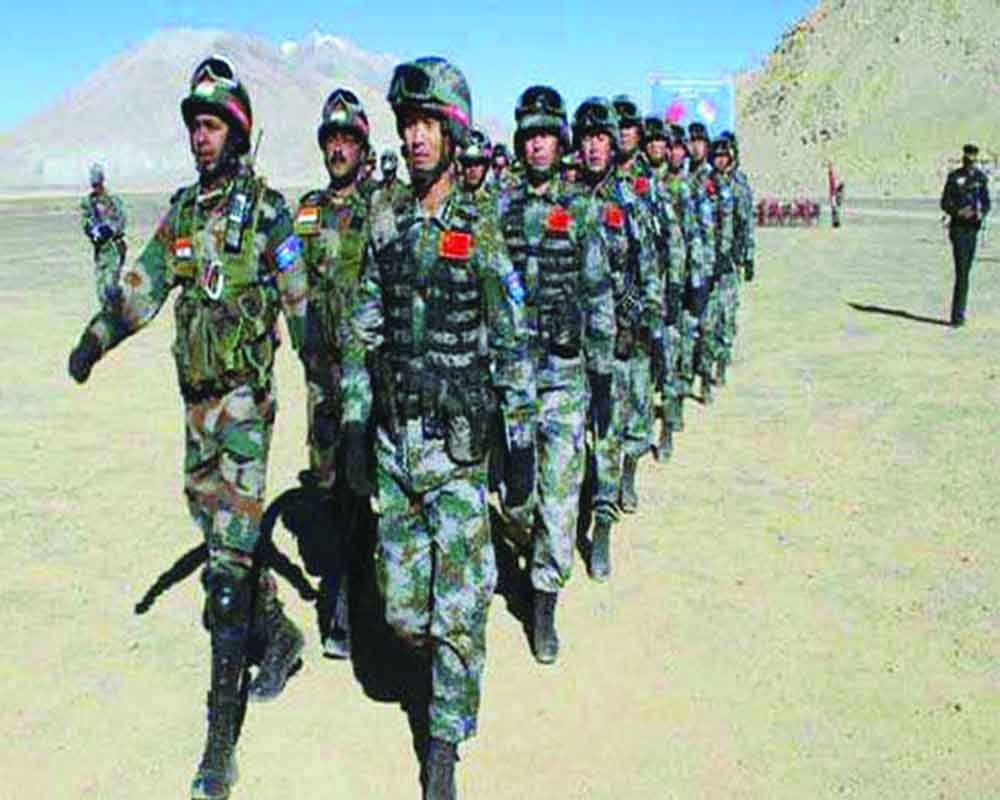
 OpinionExpress.In
OpinionExpress.In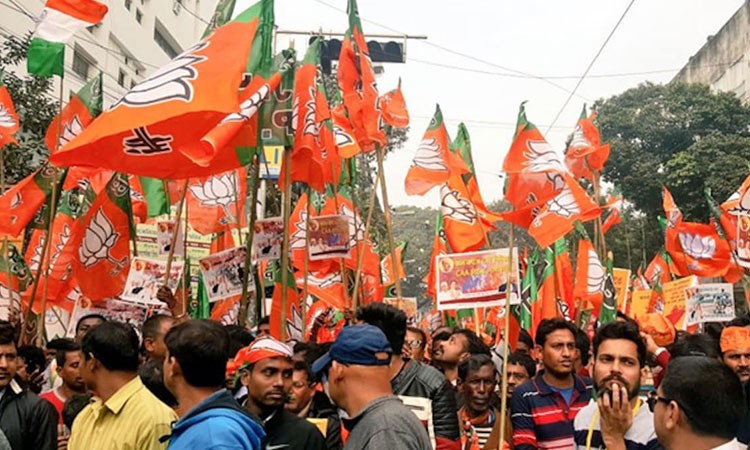
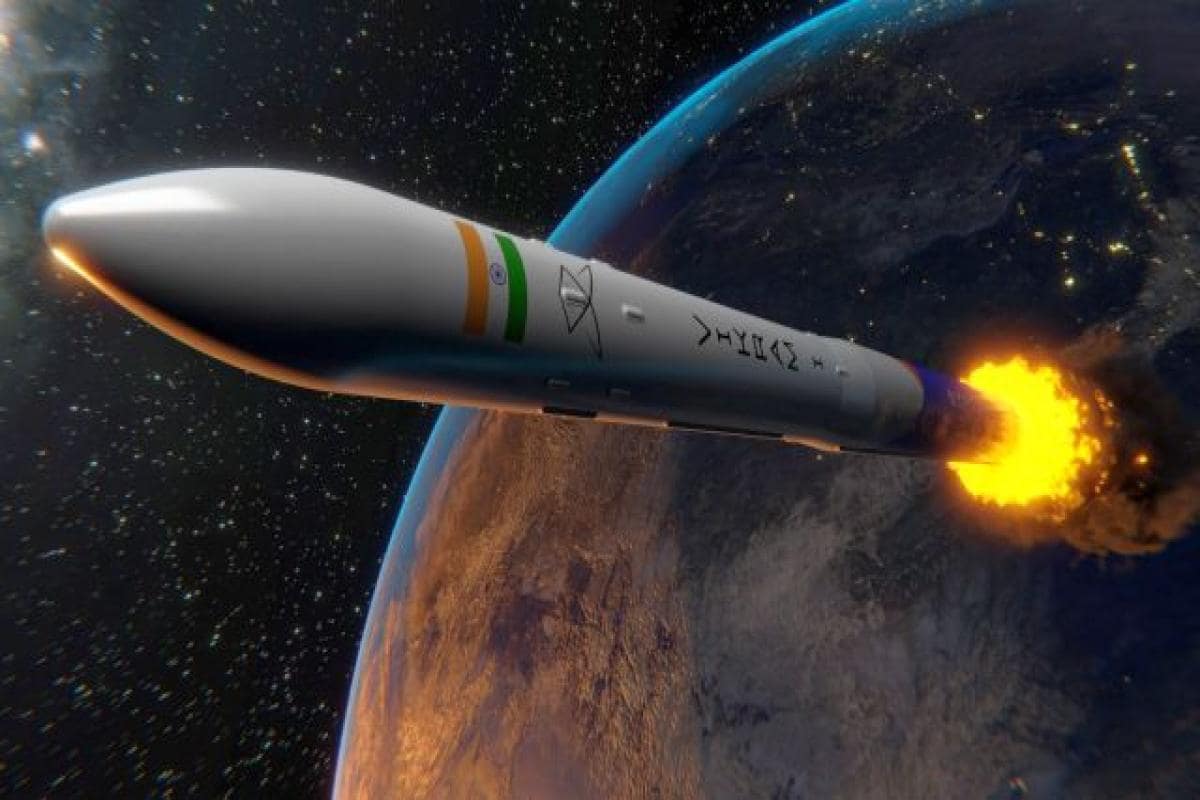
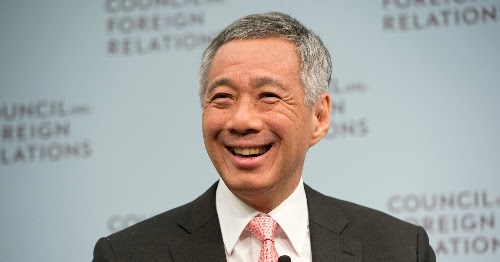
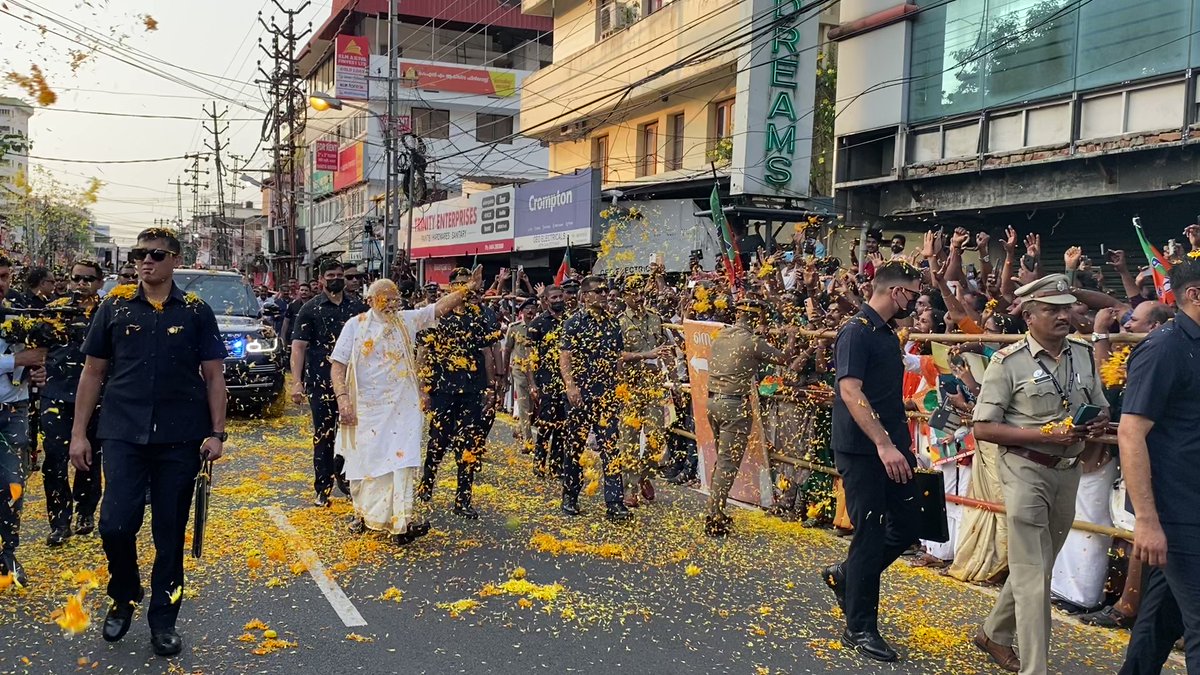
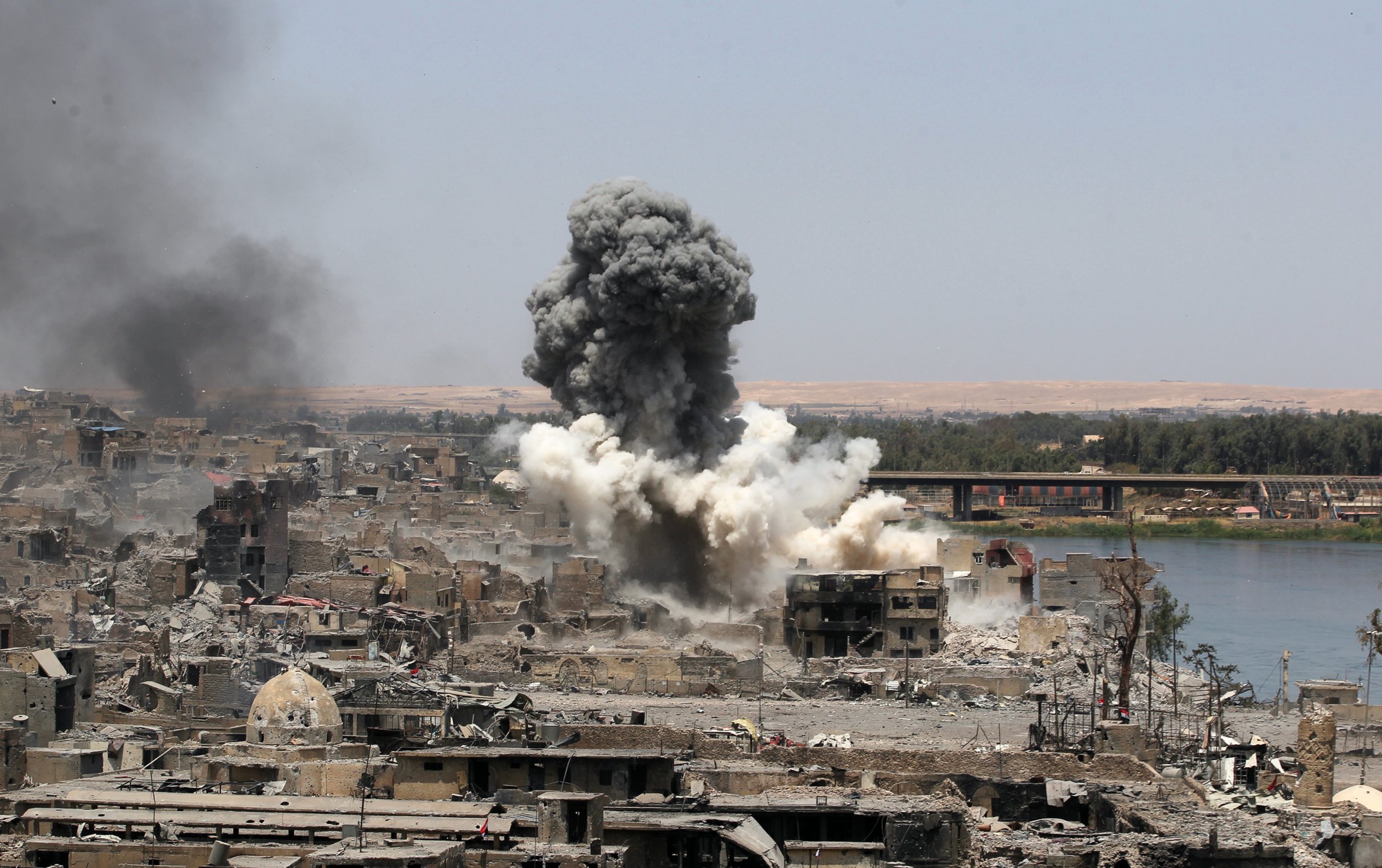
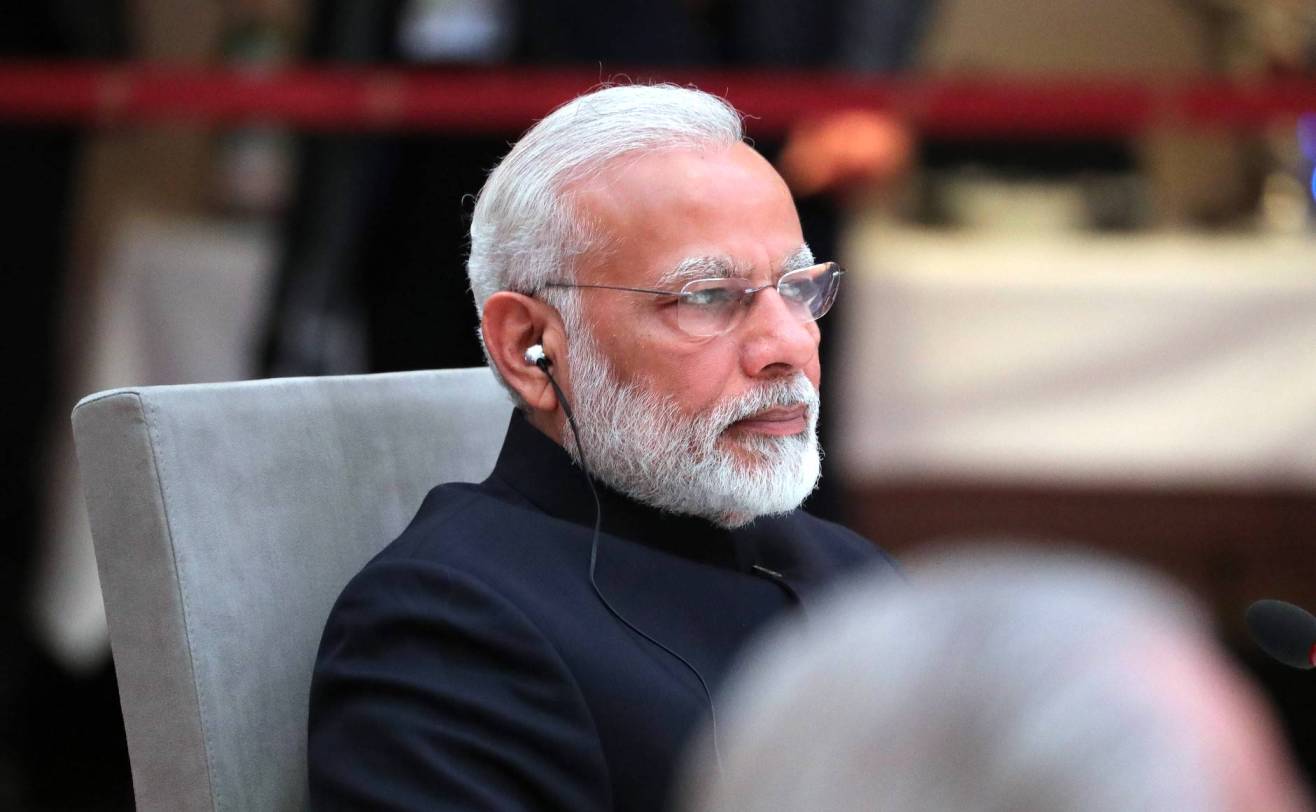
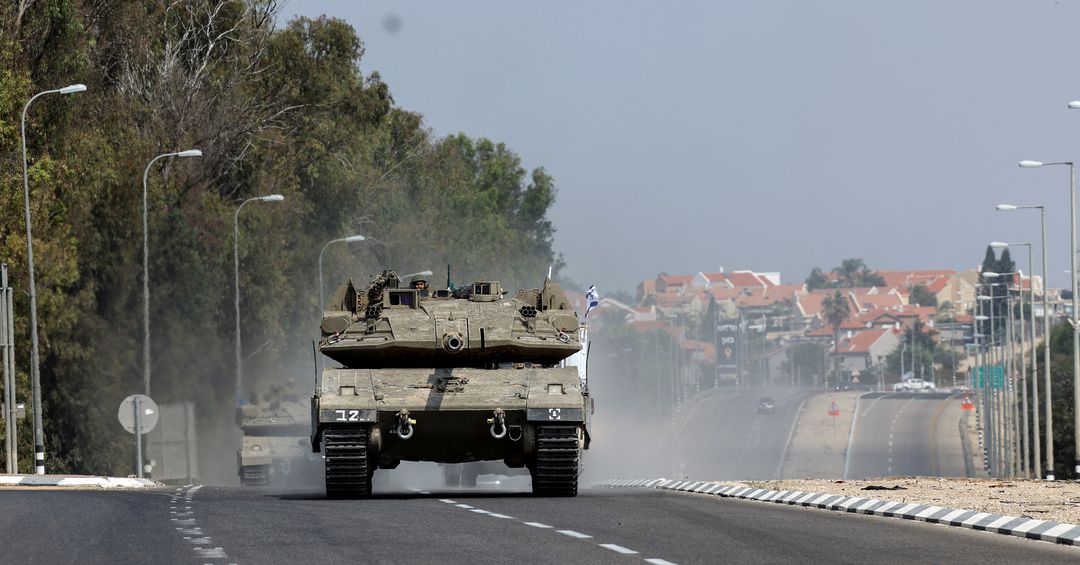
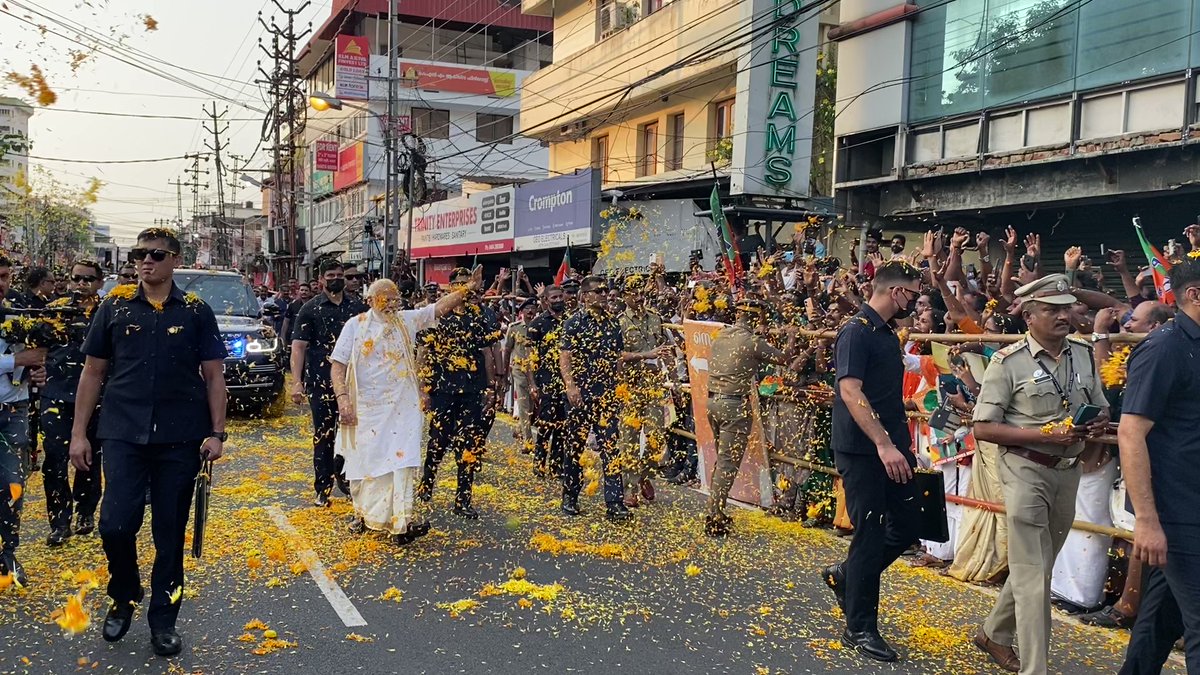
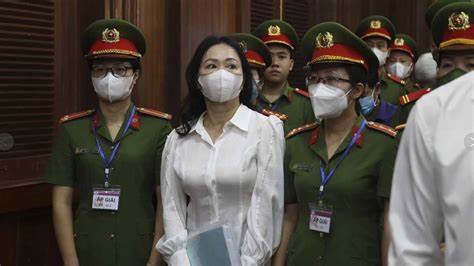
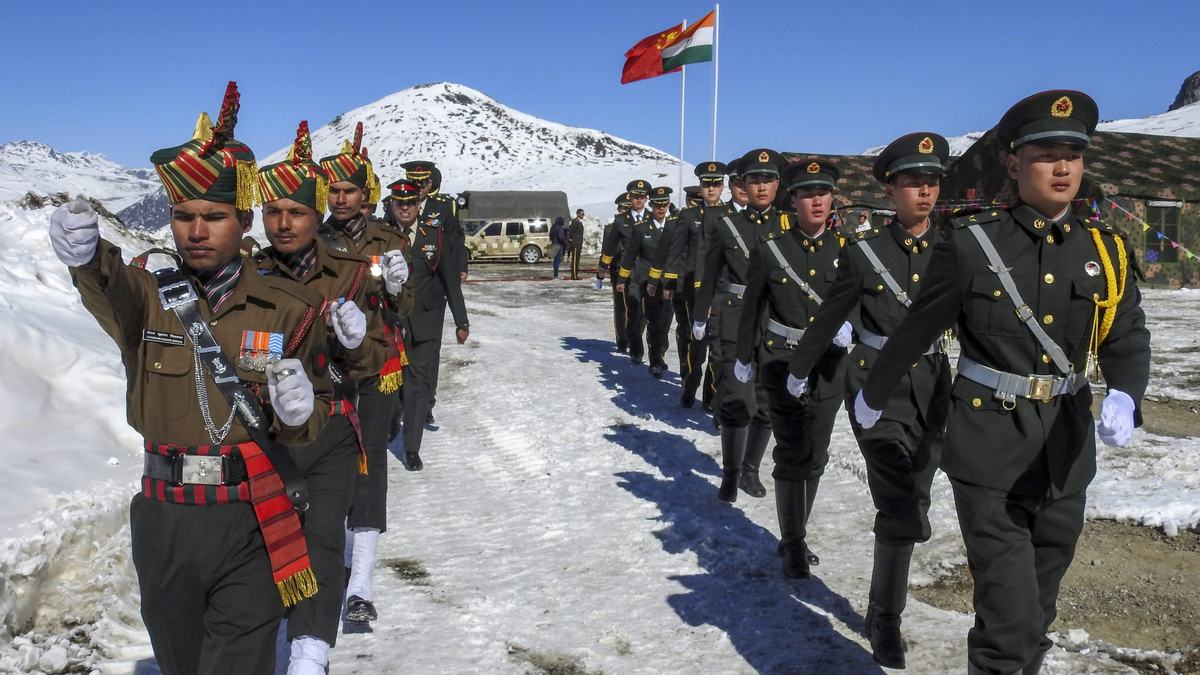






Comments (0)